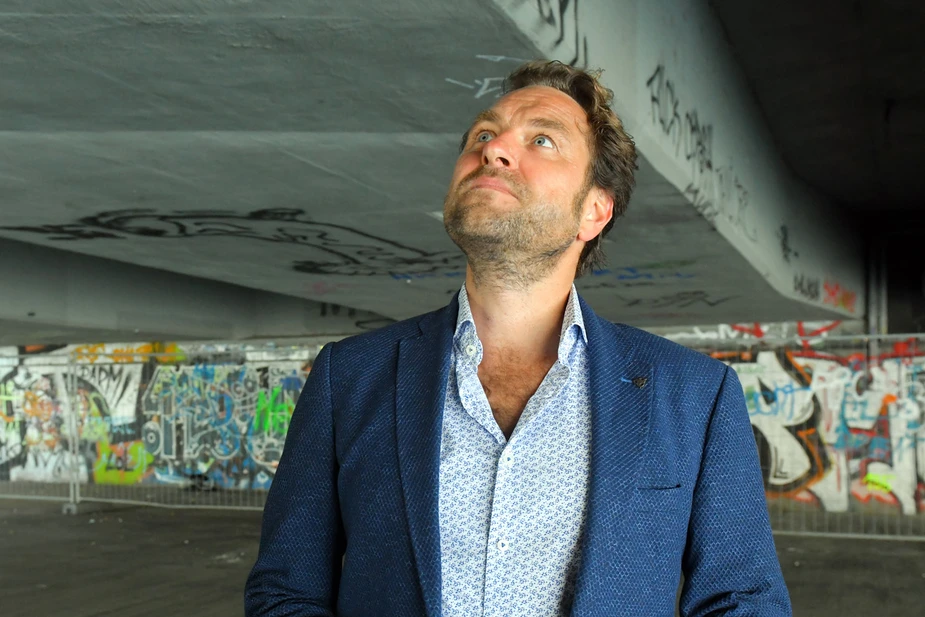Avoiding bridge failures through prevention
The start-up Sensical seeks to use fibre-optical measurement technology to examine buildings and develop maintenance plans
Forty-three people died when a bridge collapsed in Geneva in mid-August. A ruptured cable was the likely cause. In Germany, too, the bad condition of many bridges regularly makes the headlines. In Berlin, many busy streets were congested due to a 28-metre-long and 2-millimetre-wide crack in the Elsen Bridge near Treptower Park, and damage to the Allende-Bridge in Berlin-Köpenick.
Andreas Künzel and Fritz Vogdt, two PhD construction engineers, are convinced that these types of disasters can be avoided. They are specialists for the assessment and monitoring of buildings. Their newly founded company Sensical aims at establishing a new method: fibre-optical strain measurement. When Künzel first discovered the method at a conference years ago, he quickly realised: “It’s ingenious. For identifying structural damage not only very early on but also precisely localising and quantifying it.”
The sensors are coated glass fibres, which are inserted into the concrete during construction, or applied to concrete slabs and steel beams. The impinging light is reflected and analysed by each fibre in a characteristic way. When the material surrounding the fibre is under stress, or a crack is looming, the fibre also expands. This helps to identify and precisely locate cracks and to ascertain their size. According to Künzel, this is the method’s main advantage: “We can find such flaws long before they become detectable during the regular visual inspections.”
However, it is not enough to merely collect data, no matter how precise they are. “The true added value lies in the right interpretation,” says Künzel. During their research, the founders of Sensical developed a software that combines the sensor data with complementary measurements, including temperature and a calculation model of the building, in order to ascertain its current and future condition and predict its life span. “We then develop maintenance plans based on this analysis. The goal should always be to initiate countermeasures before disaster strikes, damage becomes irreparable, and bridges and buildings have to be closed, or even demolished.”
Sensical is a new professional start for Künzel – after years spent in research and almost a decade of experience with his own engineering firm. “That firm basically founded itself because partners from the industry required our expertise all the time anyway,” he says. Sensical, on the other hand, offers a product and a specialised service, which must be marketed first. It helps to have good connections to the industry and tailwind from the current headlines on collapsing bridges.
During the past months, Künzel and Vogdt continued to improve their method and to test and document its potential and limitations with a series of measurements. Now they are looking for their first real reference project to demonstrate the effectiveness of Sensical on a larger scale.
The two scientists feel at home in Adlershof. On the one hand, the campus atmosphere cushioned their transition from research to the business sector. On the other hand, they benefit from the many on-campus photonics experts, discussing technical issues and safeguarding the continuous improvement of their system in the future. Moreover, they expect the campus atmosphere to inspire them to identify new fields of application (e.g., electronics) for their highly precise, small and cost-efficient technology.
By Dr Uta Deffke for Adlershof Journal
